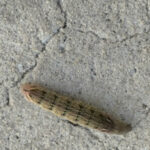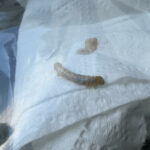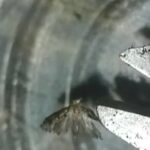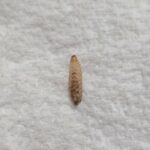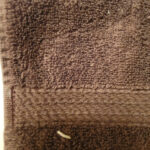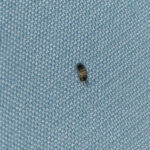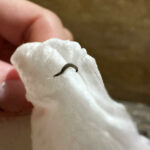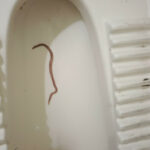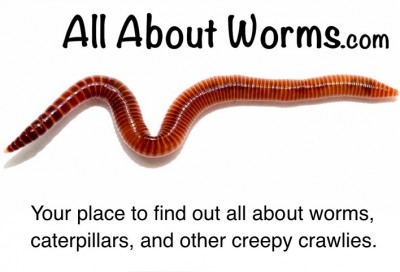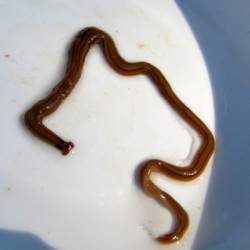Grub worms are frequent lawn pests that are difficult to eradicate. You may be familiar with the sight of a grub worm’s thick rounded body, most frequently curled into a “C” shape. “White” grubs are the worst lawn tormentors.
A number of beetle species, including June, chafer, and Japanese beetles, are identified as grub worms. During the stages from eggs to grub to pupa, they spend about ten months in the ground. That gives them plenty of time to damage root systems. As larvae, they are staged through three growth periods, or instars. In fact, the annual cycle leaves little time for adult activity. In mid-summer eggs are laid and hatch in approximately 30 days. The youngsters begin consuming plant roots. They grow at a rapid pace, doing the most significant damage through late October as third instars. As temperatures drop, grubs burrow until early spring. By May, the grub worms are ready to “fledge.” As beetles, they emerge around June and the cycle continues.
Not all pesky grub worms destroy a plant’s root system. Some species may also dine on decaying materials. This is detrimental to seedling growth as it smothers the roots. These grubs rarely do as much damage as those that feed below turf. Ornamentals and other vegetation sometimes fall under attack as well.
Moles, birds, raccoons, and other wildlife prey upon grub worms, but not enough to control the population. As these creatures search for grubs, however, they can also damage the landscape.
Early intervention is necessary, usually with biological or chemical treatments. First, however, it is important to verify that grub worms are the culprits. They can be detected by digging into about four inches of soil in a 12-inch diameter section. This should be done in several spots to determine the level of infestation. If only 2-5 grub worms are sighted at each dig, no controls may be necessary. Heavier inhabitation can cause patchy yellow or brown spots to develop, and by then it may be nearly too late.
Some species of grub worms, in the adult stage as beetles, are also considered pests that can defoliate above-ground greenery. Others are harmless as adults and simply live only to mate and lay eggs.
Grub worms are often sporadic pests. They may be overly present in a drought when lawns are well watered by human hand and become less invasive when rain is abundant.
All About Worms is always free, always reader-supported. Your tips via CashApp, Venmo, or Paypal are appreciated! Receipts will come from ISIPP Publishing.



